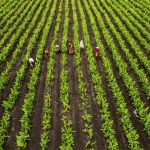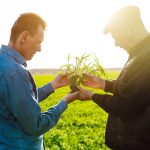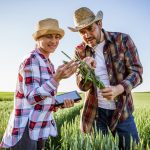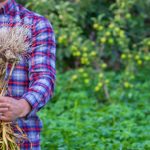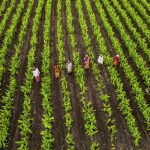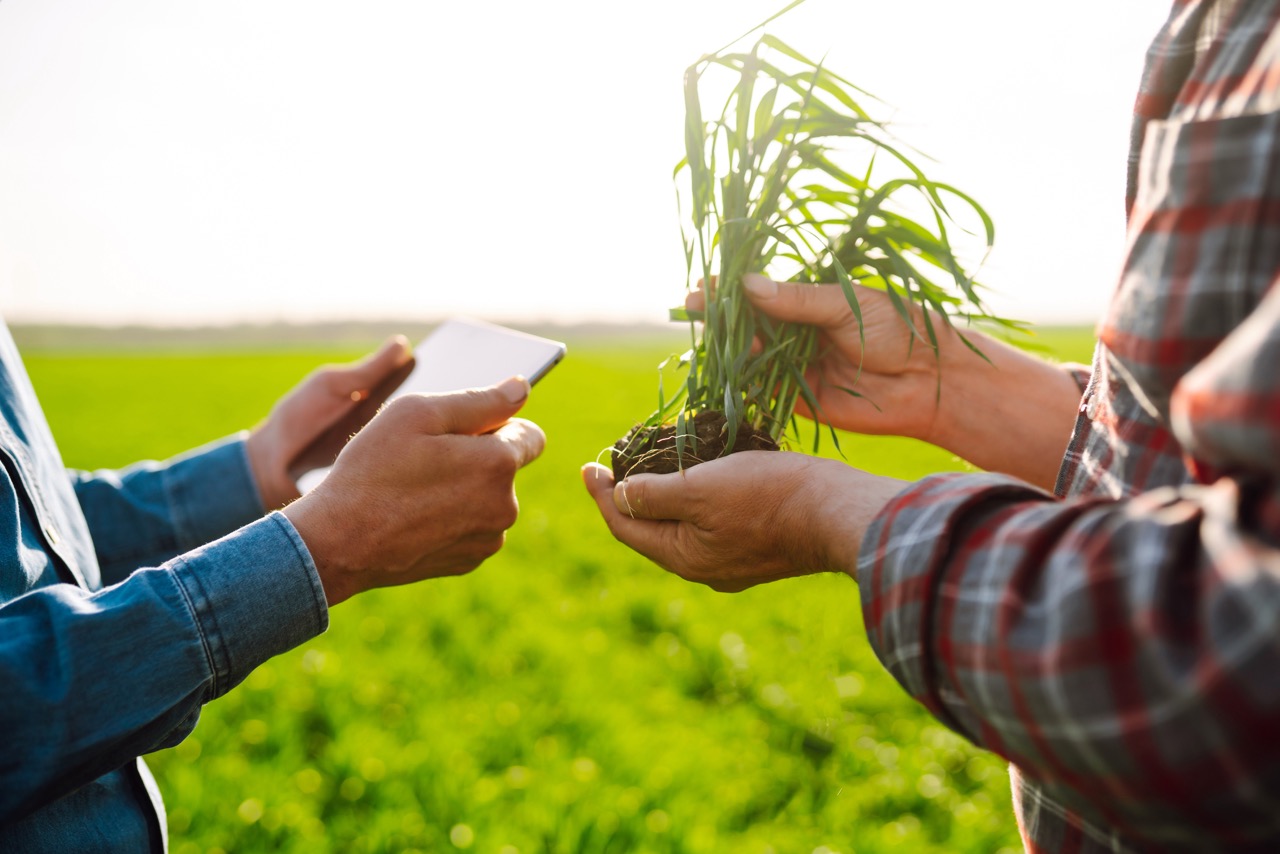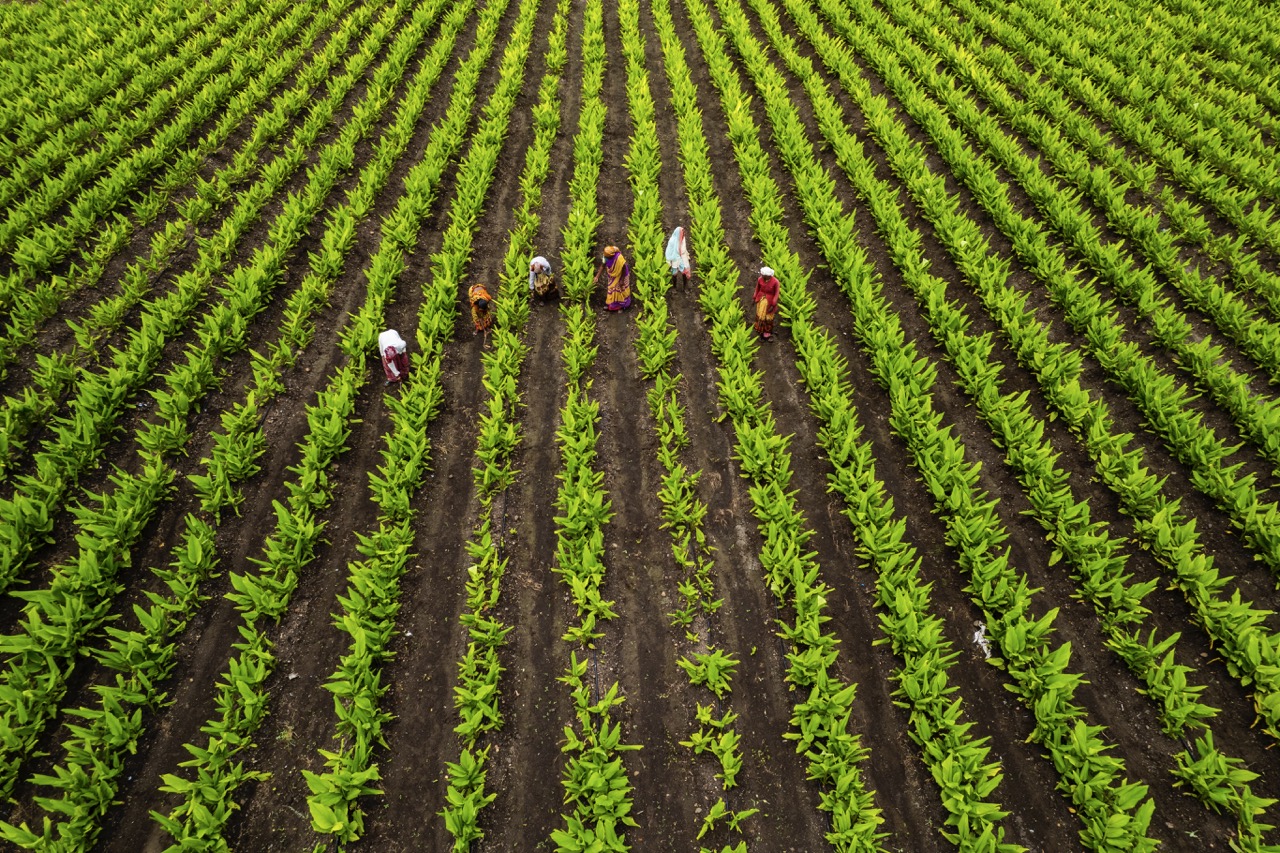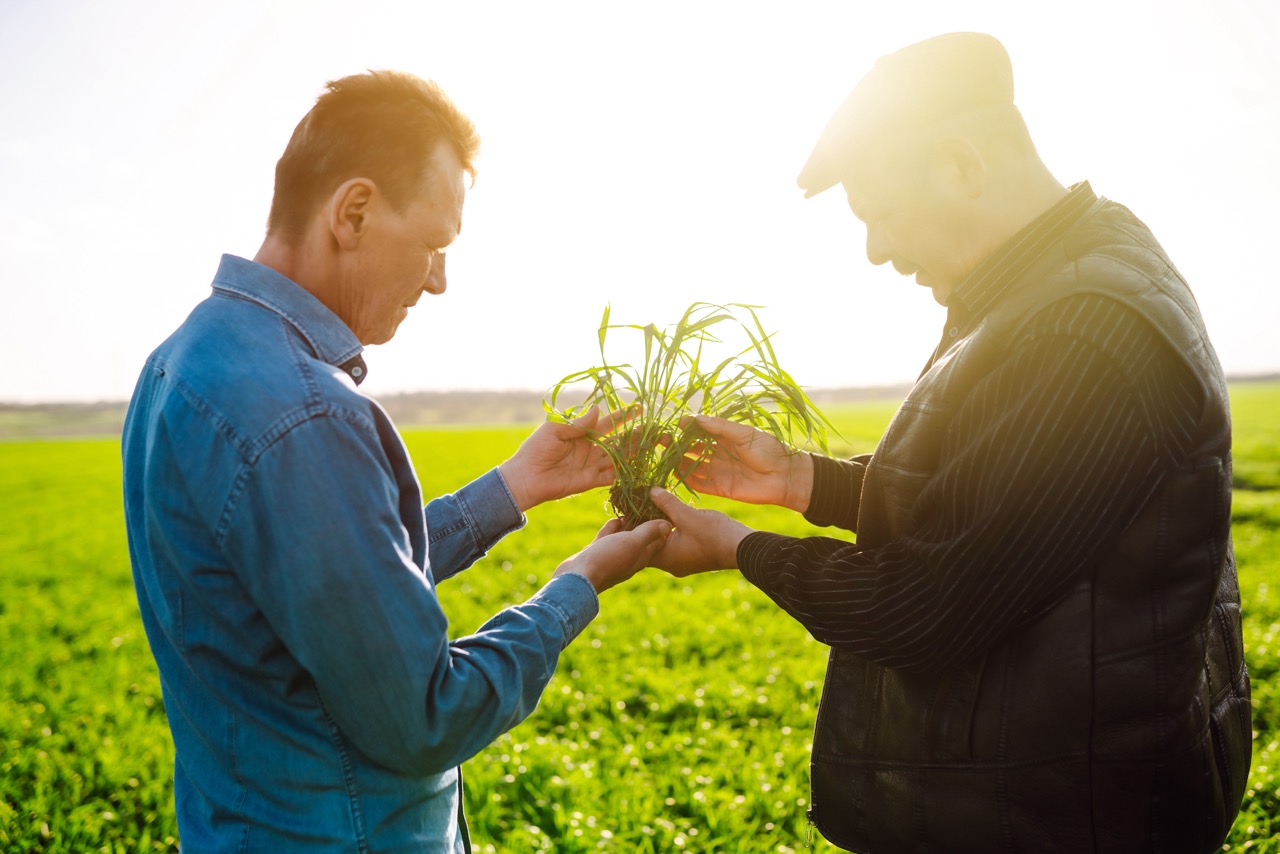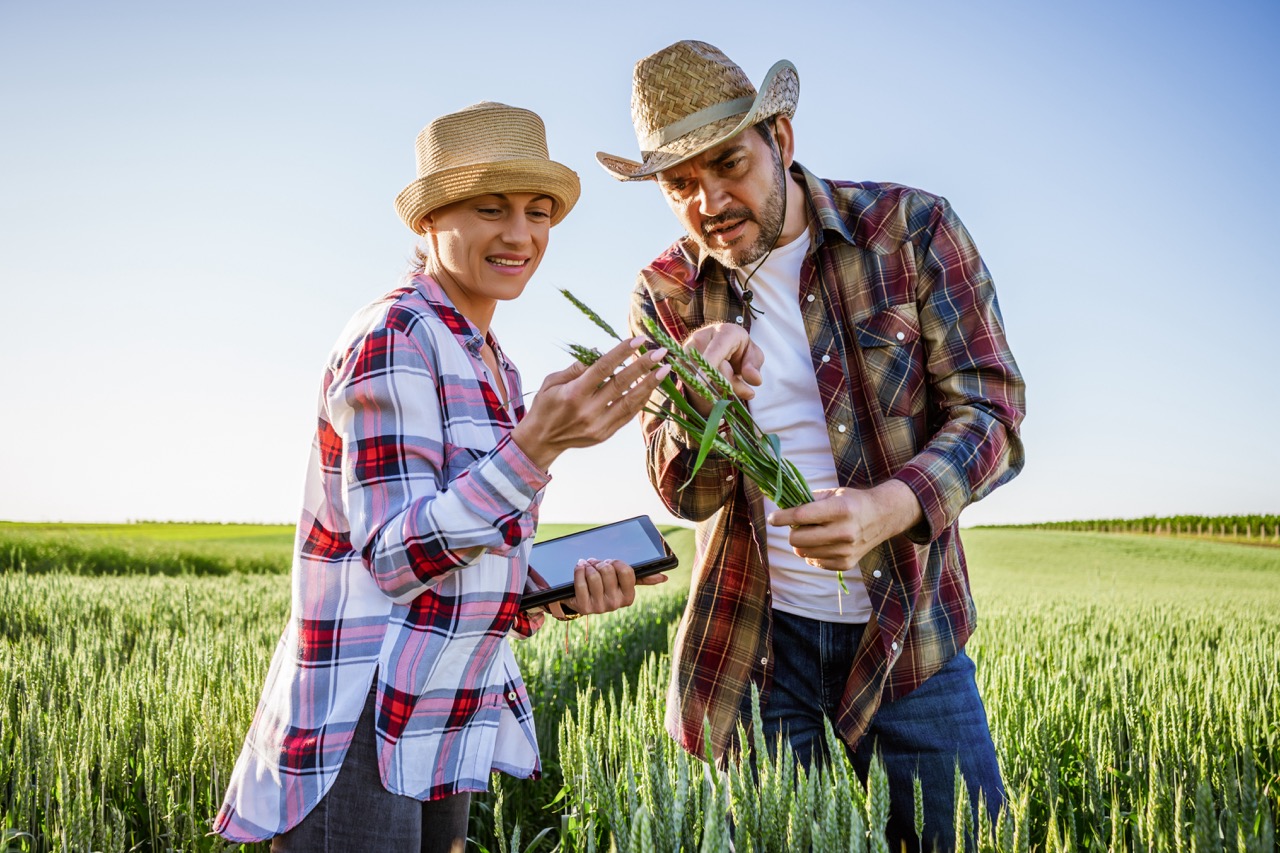Sharecropping has historically been regarded as a system tied to socio-economic inequities and labor exploitation. However, in recent years, it has emerged as a potential model for sustainable land use, particularly when integrated with agroforestry practices. This article explores how sharecropping can be leveraged to promote agroforestry and sustainable land management, thereby addressing ecological challenges while enhancing the livelihoods of smallholder farmers.
Understanding Sharecropping: A Sustainable Land Use Model
Sharecropping is a system where landowners lease their land to farmers (sharecroppers) who manage the land and pay the owners a portion of the produce. This arrangement has often been viewed through the lens of historical exploitation; however, it also presents unique opportunities for promoting sustainable agricultural practices. By incentivizing land stewardship, sharecropping can offer a framework for more equitable resource management, particularly when applied on small plots.
In a sustainable context, sharecropping can enhance cooperative farming efforts, allowing smallholder farmers to access land they might otherwise be unable to afford. This model creates a sense of ownership among sharecroppers, encouraging them to invest time and resources into maintaining soil health and biodiversity. When sharecroppers collaborate, they can share knowledge and resources, leading to improved agricultural practices that are both sustainable and productive.
Furthermore, sharecropping can function as a transitional model for land reform, where marginalized communities gain access to landownership through successful cooperation with landowners. As sharecroppers implement sustainable practices, they not only increase their yields but also contribute to the conservation of local ecosystems. This dual benefit underscores the potential of sharecropping as a viable model for sustainable land use.
The Role of Agroforestry in Enhancing Sharecropping Practices
Agroforestry, the practice of integrating trees and shrubs with crops and livestock, plays a vital role in enhancing sharecropping systems. By introducing agroforestry practices into sharecropping, farmers can diversify production, improve soil fertility, and increase resilience against climate change. Trees can provide shade for crops, reduce soil erosion, and enhance water retention, all of which contribute to more sustainable farming systems.
Integrating agroforestry into sharecropping also fosters biodiversity, which is crucial for pest management and crop resilience. As sharecroppers plant diverse tree species alongside their crops, they create habitats for beneficial organisms, such as pollinators and pest predators. This biodiversity in turn leads to healthier ecosystems, ultimately translating to higher yields and more stable incomes for sharecroppers.
Moreover, agroforestry can serve as a carbon sequestration strategy, addressing climate change while providing economic benefits. By promoting tree planting within sharecropping systems, farmers can participate in carbon credit markets, generating additional income streams. This multifaceted approach not only boosts the sustainability of sharecropping but also empowers farmers to take an active role in environmental stewardship.
Benefits of Integrating Agroforestry in Sharecropping Systems
Integrating agroforestry into sharecropping systems offers numerous benefits that extend beyond mere productivity. One significant advantage is enhanced food security. By diversifying the production spectrum—through the cultivation of fruits, nuts, and timber alongside traditional crops—sharecroppers can ensure a more balanced diet for their families while reducing dependency on a single crop.
Economic stability is another crucial benefit of agroforestry in sharecropping. Diverse agricultural outputs create multiple income streams, helping farmers withstand market fluctuations and climate shocks. This financial resilience can lead to improved livelihoods, allowing families to invest in education, healthcare, and other essential needs. Furthermore, agroforestry practices can enhance land values, making it easier for sharecroppers to secure loans or invest in further improvements.
Another significant aspect of integrating agroforestry is its potential to promote community cohesion. As sharecroppers adopt agroforestry practices, they often form cooperatives or networks, sharing resources, knowledge, and labor. This collaborative spirit fosters social ties and empowers communities to advocate for their rights and interests, creating a more equitable and sustainable agricultural landscape.
Challenges and Solutions in Promoting Sustainable Land Use
Despite the potential benefits of integrating sharecropping and agroforestry, several challenges must be addressed to promote sustainable land use effectively. One of the primary obstacles is the lack of access to resources and technical knowledge for many sharecroppers. Without adequate training in agroforestry practices or access to quality seeds and tools, farmers may struggle to implement sustainable methods successfully.
Another challenge lies in the existing legal frameworks that govern land tenure and property rights. Many sharecroppers operate in ambiguous legal environments where their rights to land and resources are not clearly defined. This uncertainty can deter long-term investments in sustainable practices. Legal reform is crucial to establish secure land tenure for sharecroppers and incentivize their participation in sustainable land management.
To overcome these challenges, targeted interventions are necessary. Training programs that educate sharecroppers on agroforestry systems and sustainable agricultural practices can empower them to adopt new methods confidently. Additionally, establishing cooperative models can help sharecroppers pool resources and knowledge, enhancing both productivity and resilience. By fostering supportive policies and community initiatives, we can unlock the full potential of sharecropping as a sustainable land use model.
In conclusion, sharecropping, when combined with agroforestry practices, presents a promising pathway for sustainable land use. By understanding the nuances of this model and integrating diverse agricultural practices, we can enhance food security, boost local economies, and promote environmental stewardship. Addressing the challenges that accompany this integration is essential, as it requires collaborative efforts from farmers, policymakers, and communities alike. Ultimately, fostering a sustainable future demands innovative approaches that recognize the value of traditional practices like sharecropping in modern agricultural landscapes.
